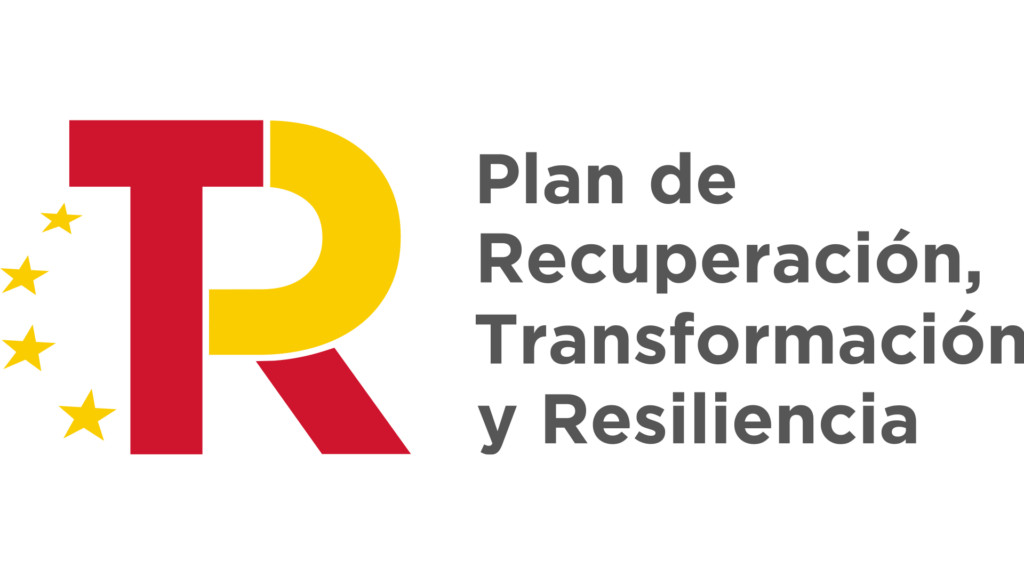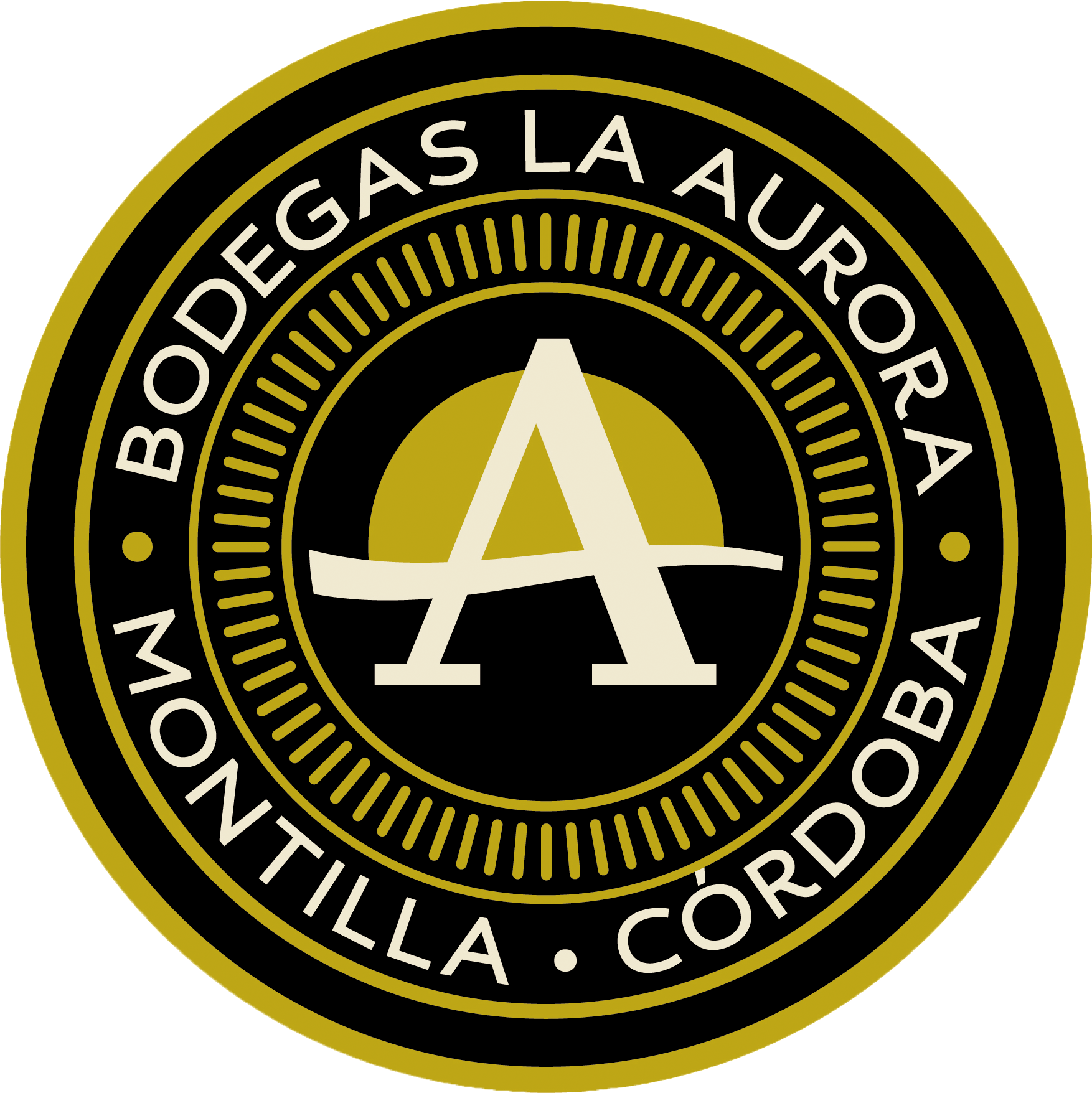What it is and how to combat prays

Hello! It has been some time since this blog talked about the most important phytosanitary treatments that should be carried out in the olive grove. If you click here, you can read this highly recommended article. Today I want to talk to you about one of the insects that does the most damage to the olive tree, the prays.What is prays? How many generations does it have? How do you combat it?

What is prays?
Its full name is Prays oleae and it is known that it has been with us for a long time; several documents from ancient Greece and Rome indicate this.
Prays has been established in all countries where olive trees are planted, mainly those that extend along the Mediterranean, which have been dedicated to the production of olive oil for many years.
This insect is taken into account in the olive grove because it affects practically the entire vegetative and productive cycle of the same, causing numerous losses if adequate control is not carried out.
How many generations does Prays have?
The prays is well known for its three generations: philophagous, antophagous and carpophagous.The most delicate is the latter.
During the phyllophagous generation, the prays is a caterpillar that comes from the laying of the previous autumn (October-November) on the leaves of the olive tree, these layings are made on the upper part of the leaves.
The prays in this state is not very harmful because all it does is penetrate the interior of the leaf to remain there all winter.
The damage it causes is only foliar, loss of leaves in the olive tree that it can easily recover if good care is taken.
This stage ends in the month of March in which the caterpillar becomes a chrysalis that will give way to the next generation.
You can find these chrysalises on the underside of the olive leaves.
In the months of late April and early May, the anthophagous generation appears, one of the most harmful because it affects the flowering of the olive tree.
This generation lasts between 20 and 40 days, during which these caterpillars feed on sugary substances found in the olive grove flower.
The larvae hatch 6 or 7 days after laying and as flowering progresses, they feed on other organs of the flower such as the corolla, ovaries or anthers, causing them to die.
This generation is very fast and completes its life in 45 or 50 days. Its damage to the olive grove depends on the amount of this insect and the volume of flowers that the olive grove has, since if it has a lot of flowers, it can be to a certain extent beneficial because it leaves a smaller amount of flower that the olive tree will curdle better, turning it into olives.
The carpophagous generation appears in June, when the butterflies emerge from the chrysalises of the previous generation.
This generation is the most dangerous because it affects the olive that begins to set. These butterflies lay their eggs very close to the peduncle, this is the stalk that connects the olive to the olive tree and through which they feed.

After 5 or 6 days, the caterpillars hatch and penetrate the olive through the peduncle until they enter the inside of the stone to feed on it.
These olives soon fall to the ground as they remain hollow inside and encourage the caterpillar to emerge to bury itself in the ground.
Of the three generations, the most dangerous are the last two because they directly affect the possible harvest that the olive grove can produce.
How do you combat prays?
There are three ways to combat prays, two of which we can control almost safely and effectively.
Meteorology plays a fundamental role in the reproduction of this insect, but we cannot control it.
For example, if the humidity is less than 60%, the prays eggs dry out and if the temperature is less than 12 ºC, these insects greatly reduce their activity.
Another way to combat prays and that we can control in a certain way is through the use of natural enemies, this is very focused on organic farming.
Chelonus elaeaphilus, Elasmus steffani or Ageniaspis fuscicollis are great parasites of prays.
The last and most common way to combat prays is through phytosanitary treatments, applying chemical products that kill this insect.
In any case, the most advisable thing in these cases is that you consult with your technician to advise you on the most effective method and the most appropriate treatment period.
We hope to have answered the questions raised at the beginning of this article and if you have anything to contribute on this topic, I recommend that you do so through the comments. Greetings!
Bodegas La Aurora S.C.A.
Avda. de Europa, 7 Montilla Córdoba 14550
Tél: 957 650 362
Tél: 957 654 642
Email: administracion@bodegaslaaurora.com
Information





